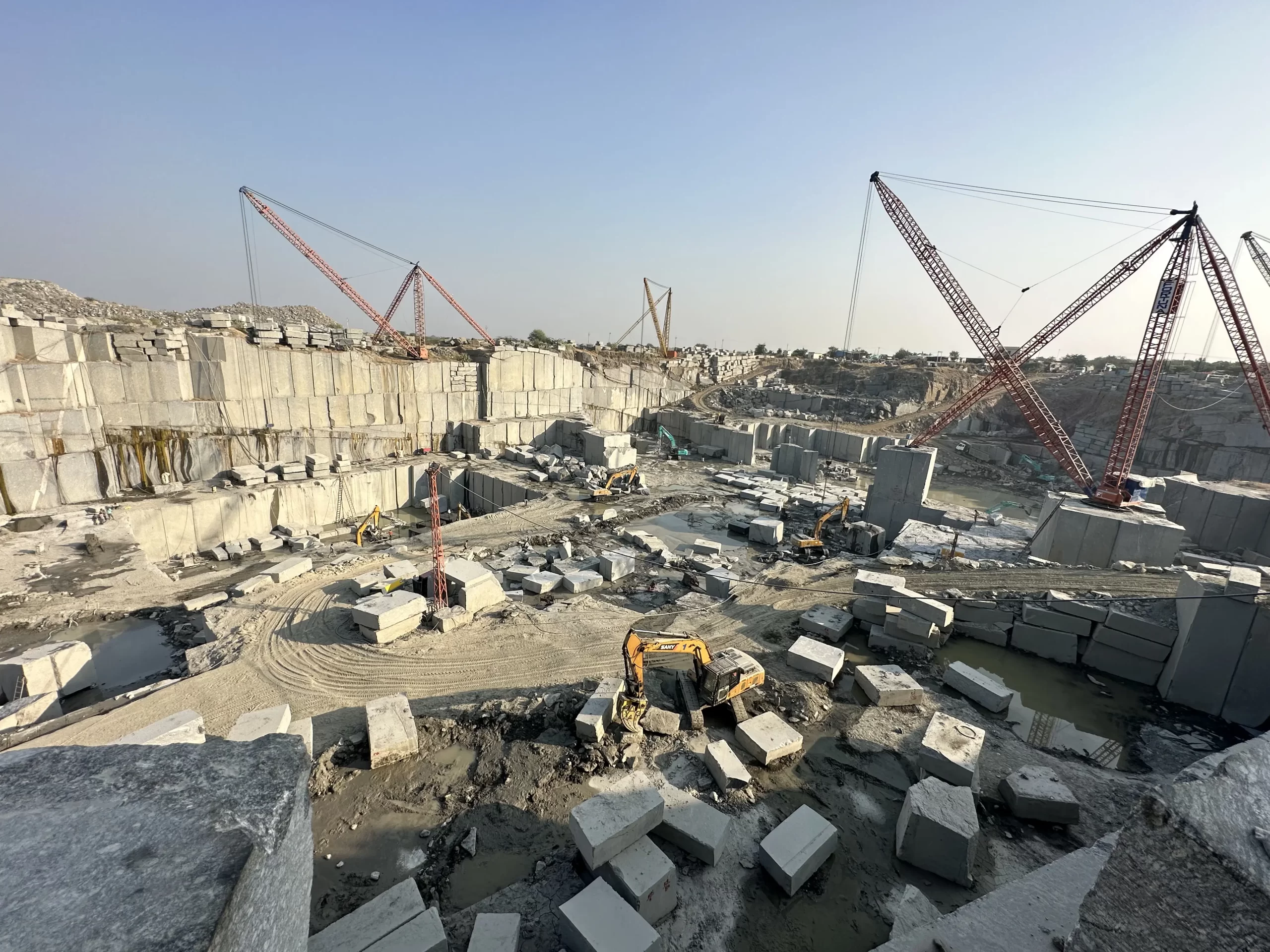Unearthing the Rich Background and Lasting Practices of Granite Quarrying
As we stand on the precipice of discovering the intricate tapestry of granite quarrying, a journey with time exposes not just the physical act of removing stone yet also the cultural and historical importance woven into the extremely material of this method. From the old origins that laid the foundation for modern-day quarrying techniques to the lasting methods that are shaping the future of this market, each carve mark on granite surfaces narrates waiting to be discovered (granite quarries in south africa). The legacy of granite quarrying stretches far beyond mere removal; it is a testimony to human ingenuity, resilience, and the long-lasting allure of this impressive stone
Ancient Origins of Granite Quarrying
Going back to ancient civilizations, the practice of quarrying granite has been an important part of human background and architectural advancement. The earliest proof of granite quarrying go back to ancient Egypt, where substantial pyramids and elaborate sculptures were crafted from this resilient rock. The Egyptians made use of primitive tools to extract granite blocks from quarries, showcasing the relevance of this product in their huge constructions.
Moving on in background, the Greeks also made substantial contributions to the quarrying of granite. The Greeks utilized granite in numerous building wonders, such as temples and sculptures, demonstrating their ability in shaping and sculpting this sturdy rock. The Romans even more improved the strategies of quarrying granite, utilizing innovative tools like chisels and hammers to essence and shape granite for their iconic structures.
With the centuries, the method of quarrying granite has progressed, with contemporary technologies enhancing performance while preserving the timeless appeal of this natural stone - granite quarries in south africa. From ancient human beings to contemporary building contractors, the legacy of granite quarrying continues to shape our world
Development of Quarrying Techniques
The evolution of quarrying methods has actually been marked by a continual development in the direction of higher performance and precision in removing granite. Early quarrying strategies included manual labor with fundamental devices such as chisels, hammers, and wedges to draw out granite blocks from the earth.
Developments in computer-controlled devices and 3D modeling have enhanced quarrying operations, leading to very little environmental effect and boosted sustainability techniques. As the need for granite proceeds to increase, the development of quarrying methods continues to be indispensable to conference market needs effectively and sustainably.
Cultural Relevance of Granite
Granite holds an extensive cultural importance across various worlds due to its enduring visibility in building masterpieces and admired monuments. From the marvelous pyramids of Egypt to the complex carvings of the Angkor Wat temple in Cambodia, granite has actually been a product of option for revealing splendour and longevity in social heritage. In ancient Rome, granite columns adorned holy places and public structures, signifying stamina and permanence. The social relevance of granite extends past its physical attributes; it personifies durability, stability, and eternity, making it a symbol of sustaining traditions and customs.

Lasting Practices in Quarrying
Among the abundant history of granite quarrying and its cultural value lies a growing focus on sustainable methods within the market. As environmental awareness and problems regarding source exhaustion have actually heightened globally, the quarrying field has significantly embraced lasting techniques to decrease its effect on the environment and bordering neighborhoods.

Furthermore, recovery and rehabilitation of quarry sites post-extraction are integral to sustainable techniques. By recovering quarried locations to an all-natural or helpful state, such as producing wild animals habitats or recreational spaces, quarriers can balance out the ecological impact of their try this web-site procedures and Our site add positively to the local ecosystem.
Legacy of Granite Quarrying
With a historical backdrop soaked in workmanship and industrial progress, what sustaining influence has granite quarrying left on the landscape of modern culture? The tradition of granite quarrying transcends mere removal methods; it has actually formed architectural marvels, city landscapes, and cultural heritage worldwide. The resilient nature of granite has actually made it a favored option for monuments, structures, and facilities, standing as a testament to the ability and creativity of quarry workers across generations.
In addition, the financial footprint of granite quarrying can not be forgotten. The market continues to supply job opportunity and drive neighborhood economic climates in regions where granite removal prevails. It has also stimulated technological innovations in quarrying methods and tools, causing much more efficient and lasting practices.
In regards to sustainability, the heritage of granite quarrying includes efforts to alleviate ecological impacts with recovery tasks and responsible resource monitoring. By balancing economic rate of interests with ecological stewardship, the sector strives to make sure that future generations can proceed to take advantage of this enduring natural deposit.
Verdict
